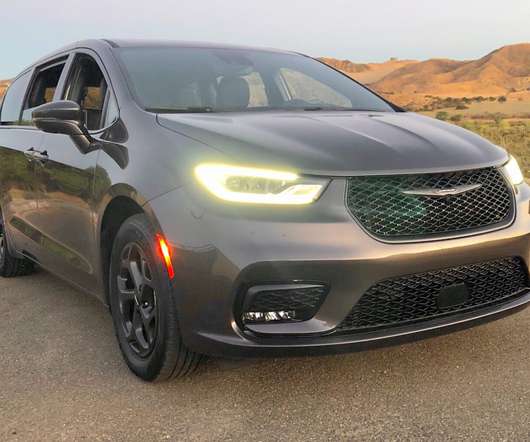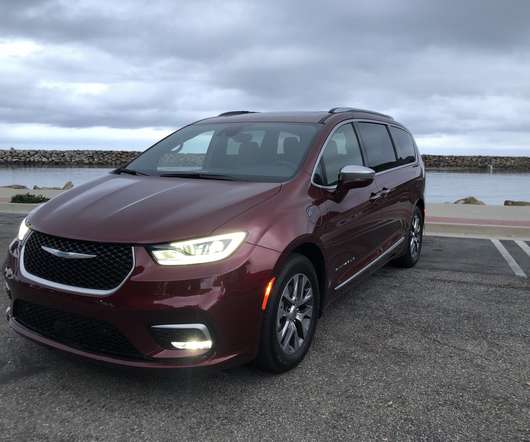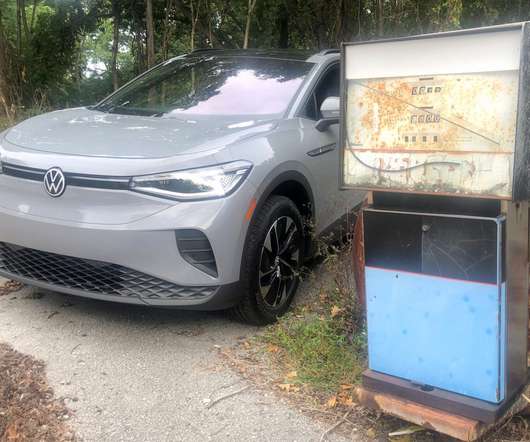Road Test: 2022 Chrysler Pacifica Limited Plug-in Hybrid
Clean Fleet Report
NOVEMBER 17, 2022
Chrysler calls it a “multipurpose vehicle,” but we will stick with modern minivan. The only minivan with a plug. The Pacifica Hybrid does not have a Level 3/DC fast charging capability. If Chrysler had their way, you will see it more as a multi-purpose vehicle than a minivan. How It Works. Safety and Warranties.












Let's personalize your content